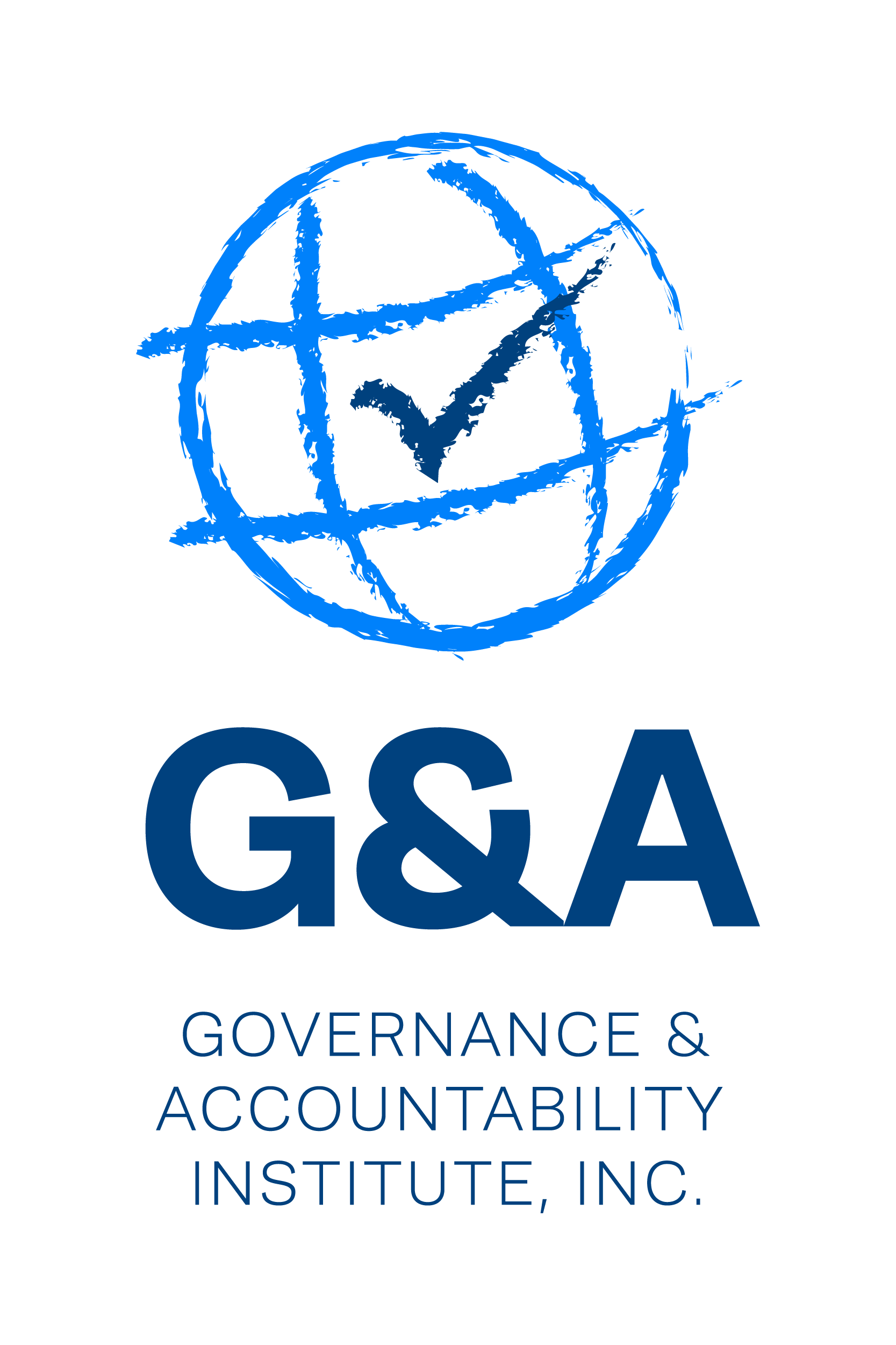About Nature-Related Disclosures: Is Your Firm Ready?
G&A's Sustainability Highlights ( 07.01.2024 )
Ever notice how often you’ve referred to “Mother Nature,” likely meaning the natural world, or certain weather conditions, or the guiding force of natural things, or even the mythical creator of our home, “Mother Earth.” This familiar term goes back centuries; Native Americans legends such as those of the Algonquin People, explains Wikipedia, say that "beneath the clouds lives the Earth-Mother from whom is derived the Water of Life, who at her bosom feeds plants, animals and human."
On a more practical basis in the 21st Century, business interests are increasingly addressing the growing “Mother Earth” concerns of investors and stakeholders. Companies are now disclosing more information and data about climate risk and opportunity, especially the firm’s sustainability impacts related to nature and biodiversity. There are now numerous disclosure frameworks, standards, and regulations in place that help companies organize and fully structure nature-related disclosures.
We are sharing two important reports on the evolving standards, frameworks, and guidance for nature-related reporting as our Top Stories. Here are some of the highlights:
European Sustainability Reporting Standards (ESRS) E4 Biodiversity and Ecosystems Reporting Standard -- provides disclosure guidance on actions, results, plans, capacity, risks and opportunities and financial effects on the undertaking due to nature related impacts and dependencies. Reporting on these topics is mandated by the EU Corporate Sustainability Reporting Directive (CSRD) issued by the European Financial Reporting Advisory Group (EFRAG) for both EU companies and many non-EU companies (including U.S.) that have operations in the EU.
Task Force on Nature-Related Disclosures (TNFD) -- created to build on the TCFD disclosure recommendations to encourage businesses to assess, report on, and act on nature-related dependencies, impacts, risks, and opportunities. The goal: to help “shift global financial flows away from nature-negative outcomes and toward nature-positive outcomes.” The TNFD guidance for disclosure was provided in Fall 2023 and more than 400 organizations have agreed to use the disclosures to date.
EFRAG and TNFD have made a mapping resource available to help companies with the common “nature-related” disclosure requirements of the ESRS and the TNFD.
The “LEAP” guidance of TNFD helps organizations in identifying and assessing nature-related issues for the TNFD recommendations, based on these steps: Locate, Evaluate, Assess, and Prepare. The goal of the LEAP process is to help companies conduct a thorough due diligence assessment as a foundational step to report in alignment with TNFD.
Stressing the importance of “Mother Nature” reporting, investors are picking up on the theme of “nature-related” risk, opportunities, corporate impacts, and systemic risk. A group of 200 investors managing assets totaling US$15 trillion organized by the Principles for Responsible Investment (PRI) is urging companies to align global biodiversity targets with corporate policies, operations and practices. Sixty companies were engaged to begin the initiative.
G&A Institute has developed comprehensive processes to assist corporate clients in responding to stakeholder demand for nature-related disclosure by utilizing a variety of frameworks and standards, complying with regulations, and embracing the TNFD LEAP approach. For more information, connect with G&A here.
This is just the introduction of G&A's Sustainability Highlights newsletter this week. Click here to view the full issue.

